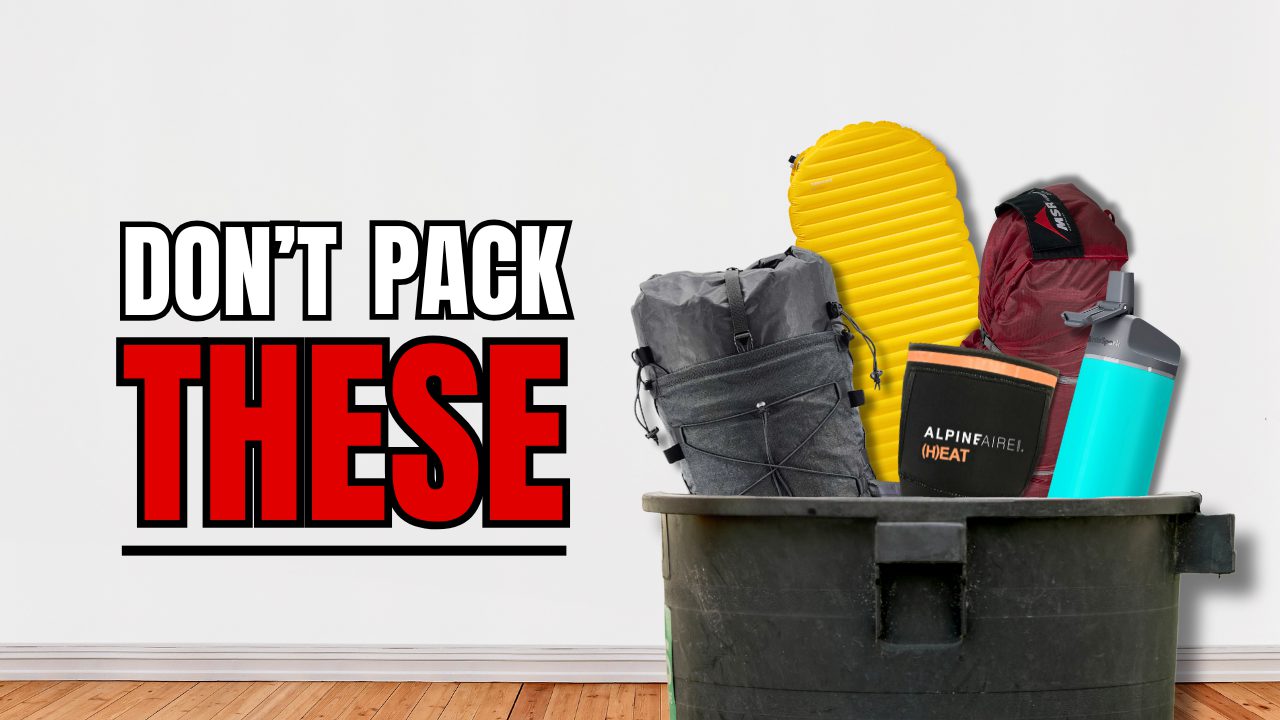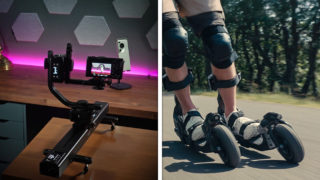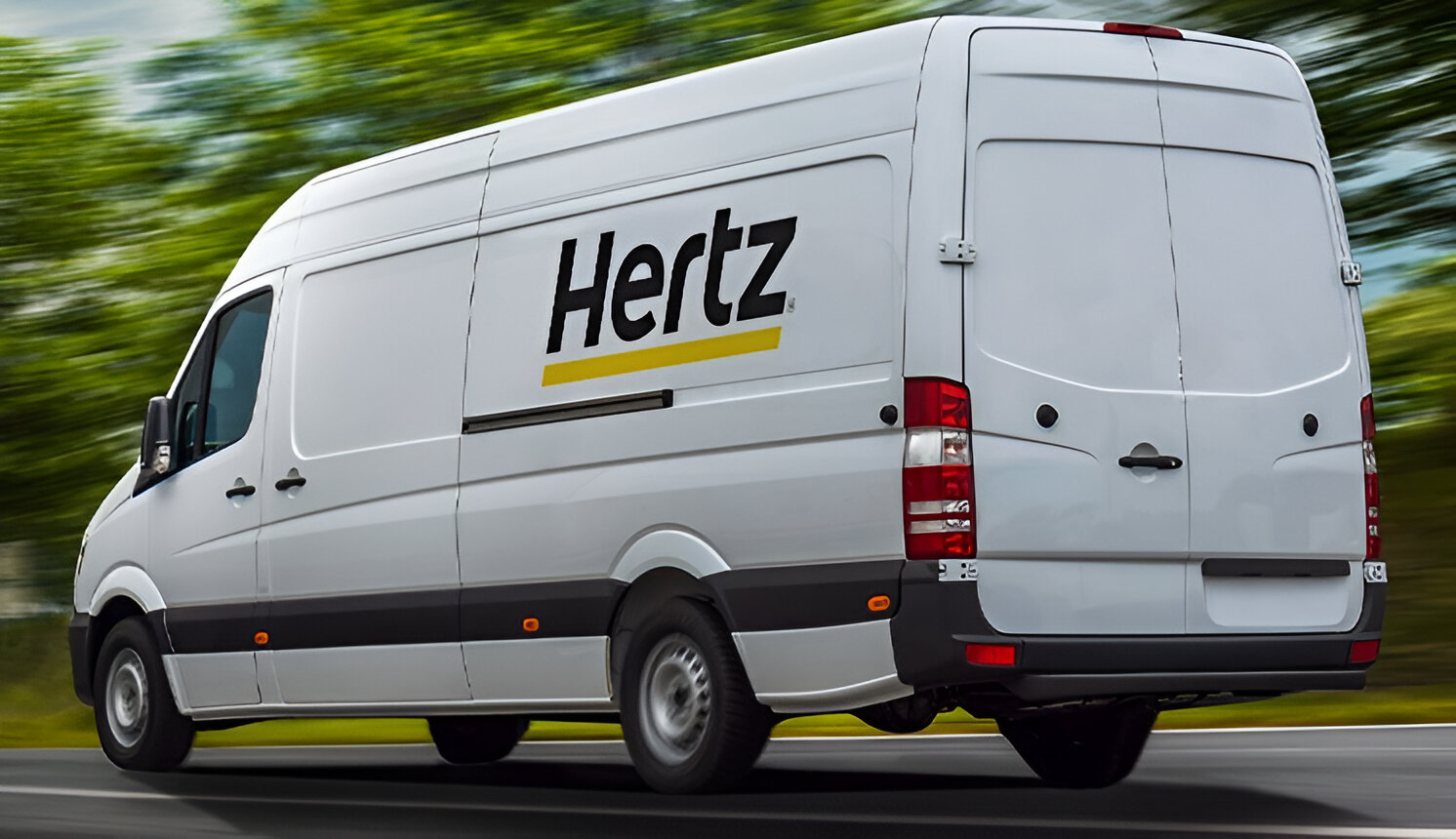Your favorite backpacking gear is holding you back. Surprisingly, the very items you trust most might actually be creating your biggest trail problems. Let’s face it – what worked well five years ago has been completely replaced by smarter designs. We referenced experts like Outdoor Gear Lab and Backpacker to help put together a list of tech that has changed so much you should consider swapping it out.
Today’s gear solves problems you didn’t know you had.
15. Traditional Micro-USB Headlamp Cables
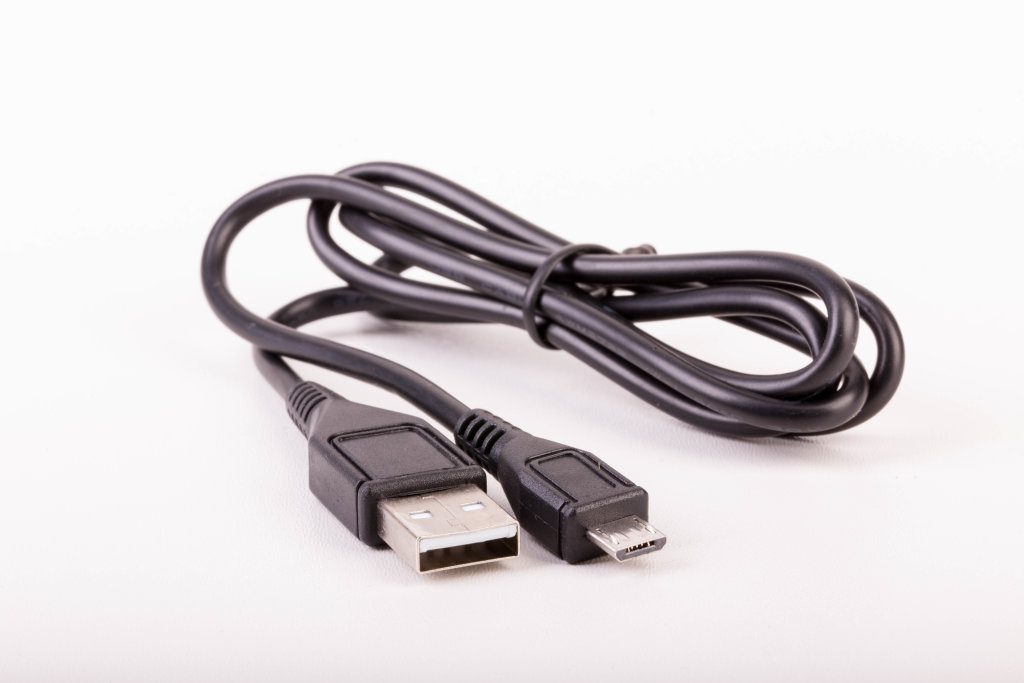
Those outdated Micro-USB ports on headlamps need to go. They’re like that one friend who’s always late to dinner – frustrating and holding everyone back.
Most backpackers now juggle multiple cable types: USB-C for modern devices, Lightning for Apple products, and Micro-USB solely for headlamps. These unnecessary extras add weight and create tangled messes in your electronics pouch.
Micro-USB charges at half the speed of newer standards. The ports also lack proper water resistance, often corroding after exposure to rain or high humidity. Your essential light source deserves better charging technology.
14. Cloud Bear Bags
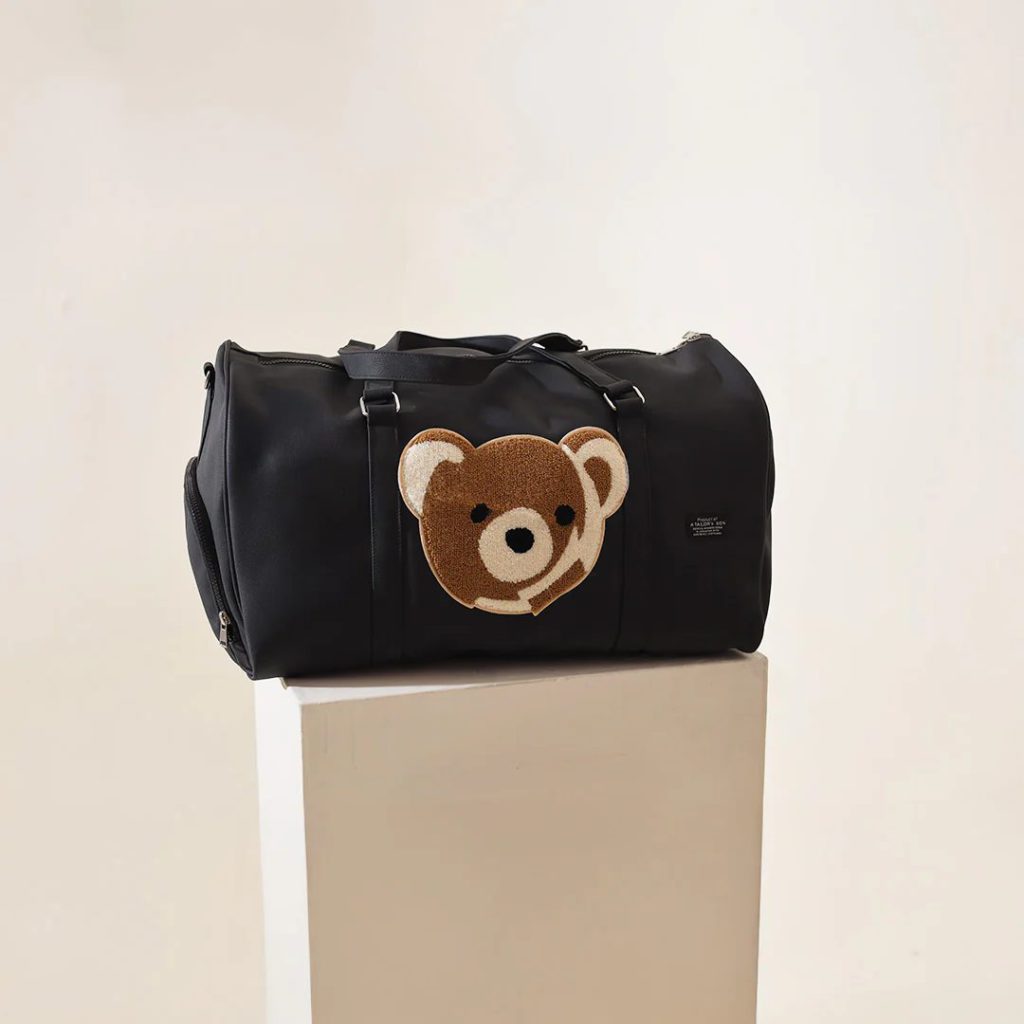
Bear bags once seemed like a smart compromise between security and weight. These specialized food storage sacks promised protection without the bulk of hard-sided canisters. Reality proved otherwise.
Soft-sided solutions provide minimal defense against determined bears. Park rangers report that habituated bears recognize these bags immediately and have developed techniques to defeat even “perfect” hangs. (Turns out bears are smarter than marketing departments.)
Finding suitable trees takes precious time, and achieving proper hang height becomes impossible in many alpine or desert environments. Nothing ruins a peaceful evening like spending 45 minutes playing an unsuccessful game of tree-branch roulette.
13. Arc’teryx Novan Shell
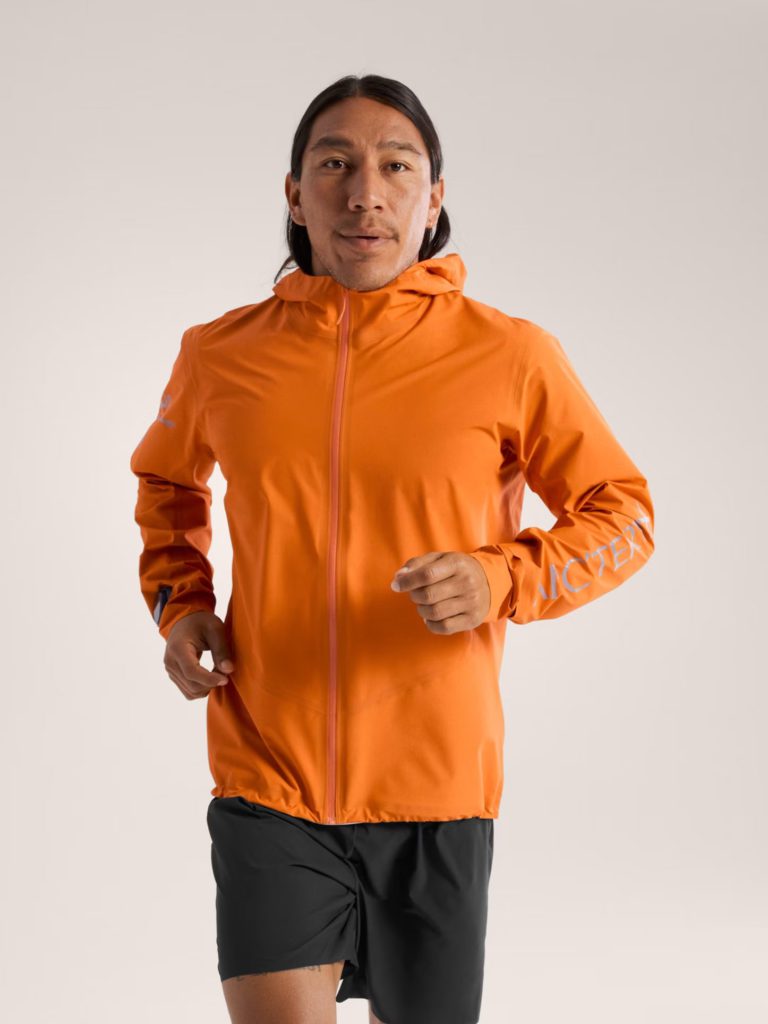
The Arc’teryx Novan shell jacket represents rain protection from a bygone era—durable but unnecessarily heavy at 14.5 oz for modern adventures. It’s like showing up to a marathon wearing combat boots.
Materials science has revolutionized waterproof breathable fabrics. During extended rainstorms, hikers wearing older shells often overheat despite ventilation options. The heavy face fabric works against breathability during high-output activities.
Newer lightweight shells maintain equal protection while eliminating the clammy interior condensation that plagued previous generations. Your body deserves to breathe while staying dry—a revolutionary concept, apparently.
12. Montbell Mesh Cap
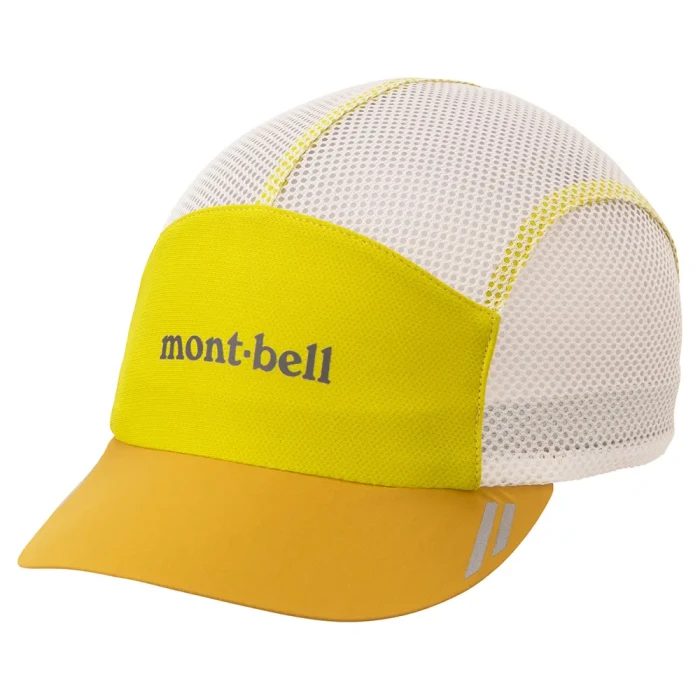
The Montbell Mesh Cap belongs to simpler times when sun protection meant “wearing something on your head.” Its minimal design appeals to weight-conscious hikers but falls dangerously short on actual protection.
This cap leaves ears and neck exposed to harmful UV radiation. The mesh construction allows significant UV penetration compared to solid-fabric alternatives. Many hikers discover this the hard way after developing painful sunburn despite using sunscreen.
Medical professionals recommend comprehensive coverage for high-elevation activities where UV intensity increases 7% per 1,000 feet. Your future skin health depends on better protection than these minimalist caps provide.
11. Brooks Sherpa 2-in-1 Shorts
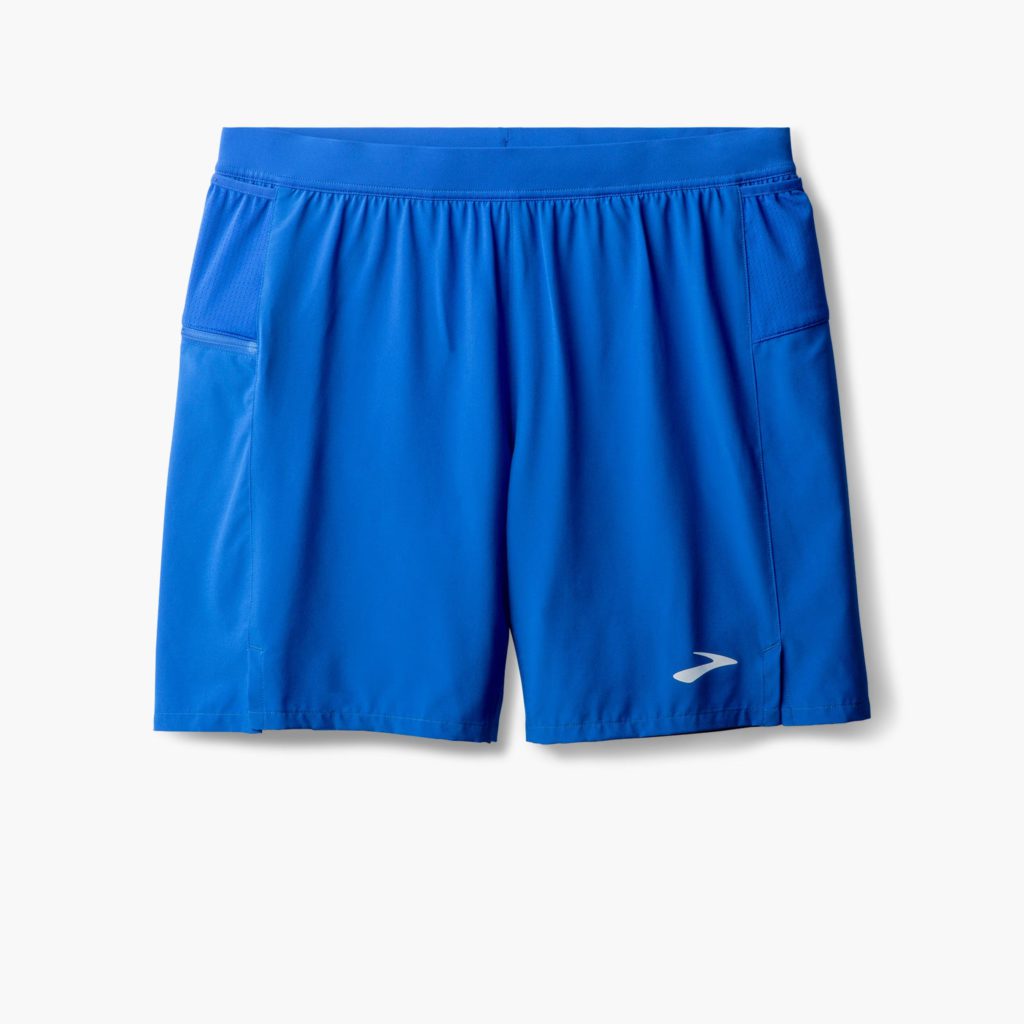
Brooks Sherpa 2-in-1 shorts once dominated the trails with their built-in compression liner and comfortable design. Then came reality: nothing good lasts forever, especially when subjected to hundreds of miles of friction.
The inner liner deteriorates after 500 miles, leading to uncomfortable chafing and reduced moisture management. During multi-day trips, the liner often separates from the outer shell, creating painful friction points exactly where you don’t want them.
That cotton-blend waistband? It absorbs sweat and refuses to dry after stream crossings. (Nothing says “luxury backpacking” like a perpetually damp waistband.) Your thighs deserve better protection on serious adventures.
10. Alpineaire (H) Eat Pouch
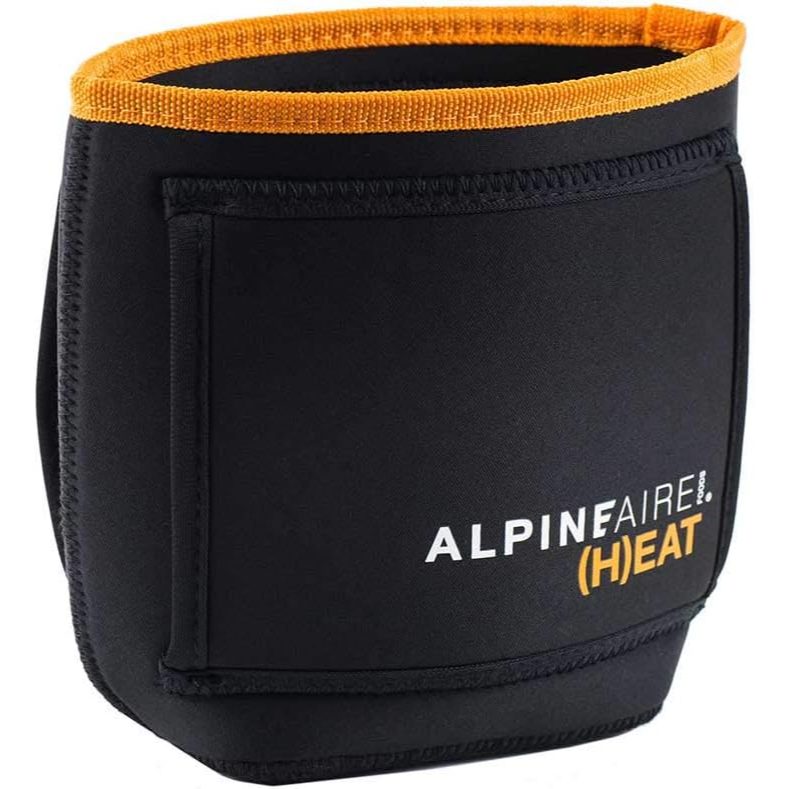
The Alpineaire (H)Eat Pouch appeared innovative: a pouch that heats food and serves as an eating vessel. Looking closer, it’s a solution searching for a problem, like a submarine with screen doors.
These single-use plastic pouches create unnecessary waste while adding avoidable weight (1.4 oz each) to your food bag. They’re also surprisingly prone to developing leaks, turning your carefully organized bear canister into a sticky archaeological dig.
The heating function wastes precious fuel compared to simply boiling water. Most backcountry chefs quickly learn that simplicity usually wins in outdoor cooking, especially when fuel conservation matters.
9. Dana Designs Direct Backpack
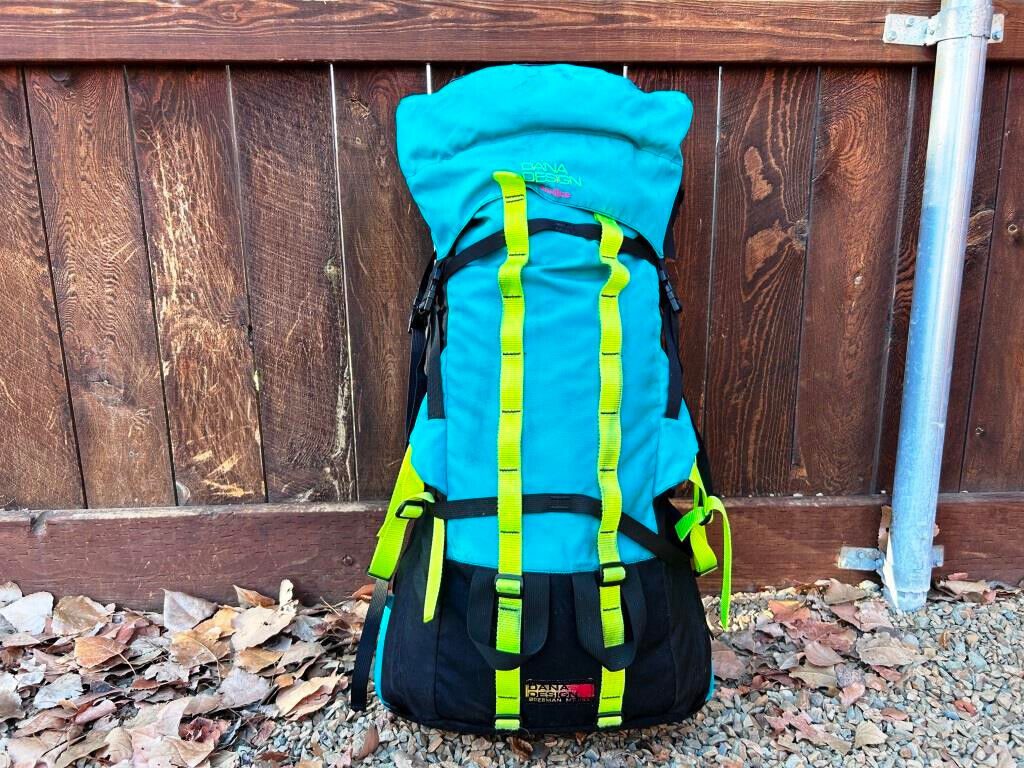
The Dana Designs Direct Backpack represents the tank of backpacking gear—virtually indestructible and weighing about the same. These packs exceed 5+ pounds empty before adding a single piece of gear.
While legendary for durability, their excessive frame systems and overbuilt materials belong in a museum of pre-ultralight philosophy. Modern backpackers can slash pack weight by more than half while maintaining adequate durability.
These packs feature outdated ergonomics that don’t work for many body types. The shoulder straps sit too close together, and the hip belt fails to transfer weight effectively. Your spine will thank you for choosing something designed this century.
8. GoLite Jam 70L Pack
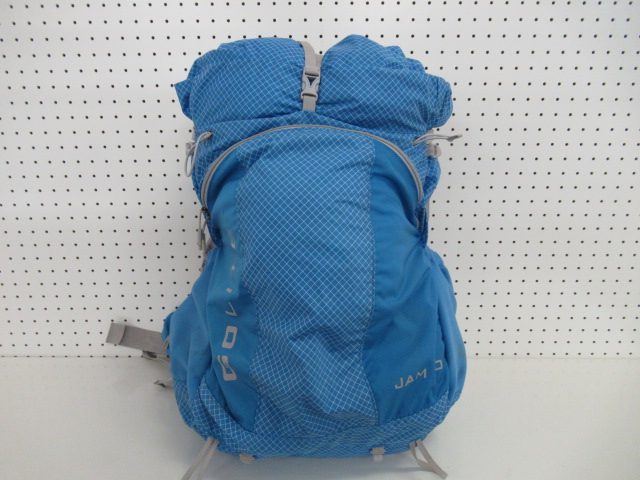
The GoLite Jam 70L epitomizes early ultralight design—lightweight materials with excessive volume that practically begs you to overpack. The cavernous main compartment becomes a black hole for “just in case” items.
Its minimalist frame sheet buckles under loads exceeding 30 pounds, creating uncomfortable pressure points and shoulder strain. During hands-on testing, most users carried several pounds of unnecessary gear simply because space allowed it.
Limited external storage forces water bottles into the main compartment, making hydration access frustratingly difficult. Your water shouldn’t require a treasure hunt every time thirst strikes.
7. MSR Papa Hubba NX 4-Person Tent
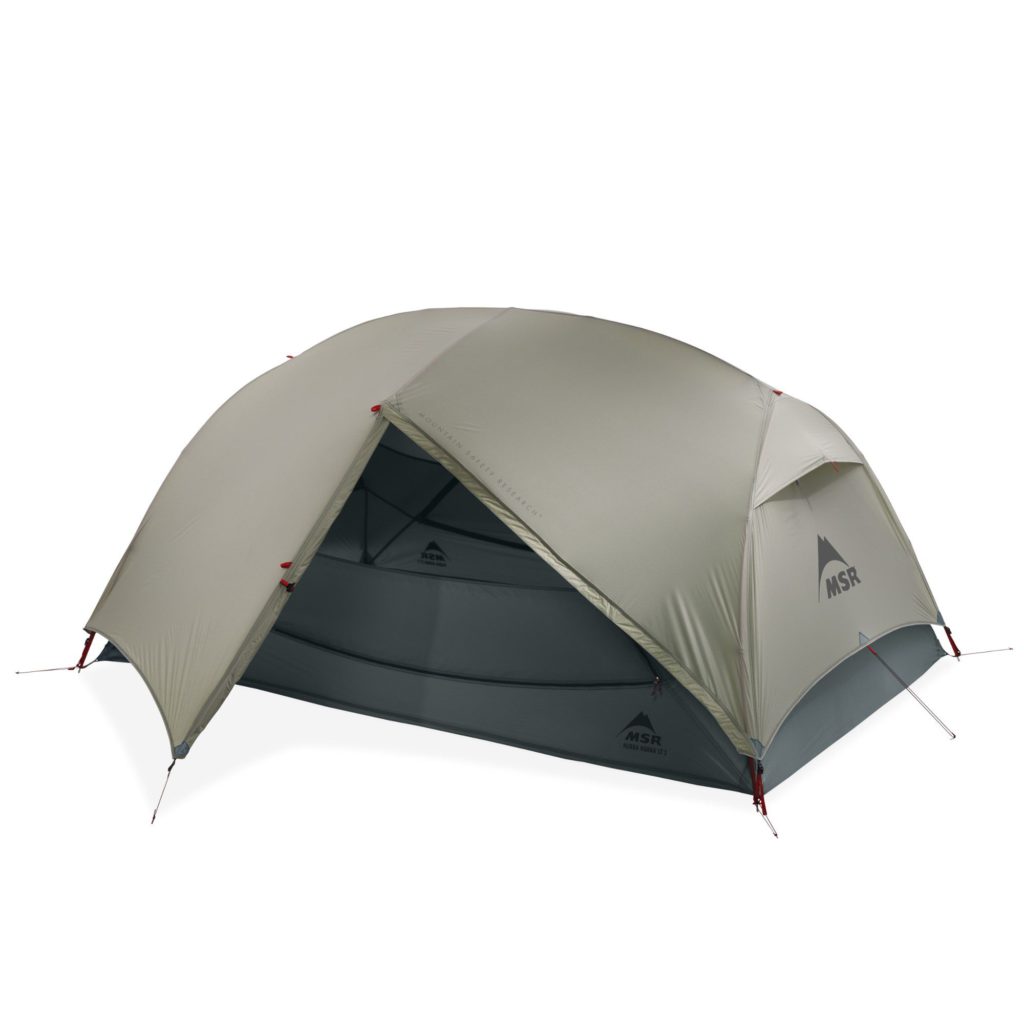
The MSR Papa Hubba NX 4-Person Tent once ruled group backpacking with its freestanding design. Today, it’s like bringing a cassette player to a streaming party—functional but unnecessarily bulky.
The aluminum pole structure adds significant weight, and the hybrid design creates condensation issues in humid environments. Four adults generate enough moisture to cause interior dripping despite proper ventilation. (Nothing enhances sleep like midnight rain… inside your tent.)
The rectangular footprint requires 90 square feet of flat ground rarely found without environmental impact. Your group deserves shelter that adapts to available terrain rather than demanding perfect campsites.
6. BRS 3000 Stove
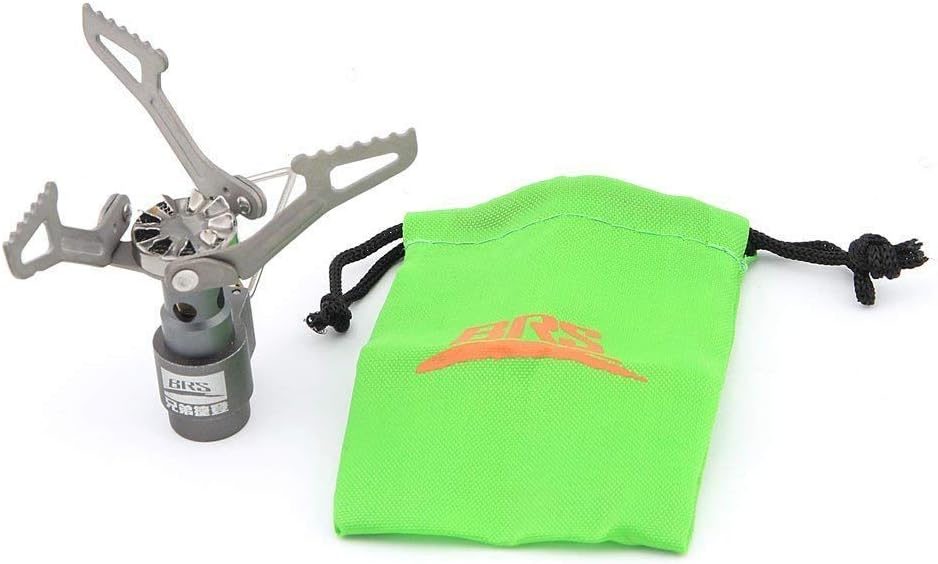
The BRS 3000 stove tempts ultralight enthusiasts with its featherweight design (0.88 oz) and budget-friendly price. Weekend trips in mild conditions? No problem. Longer adventures? That’s where the trouble bubbles up.
Field testing reveals this stove uses significantly more fuel than competitors—32% more in calm conditions and up to 70% more in winds above 5 mph. For extended trips, this inefficiency means carrying extra fuel canisters.
Any weight savings disappears when accounting for additional fuel requirements. Saving a few grams on your stove while adding ounces of fuel makes about as much sense as cutting your toothbrush handle while packing a full-size pillow. For extended trips requiring additional power due to inefficient stoves, pairing them with a portable charger ensures your essential devices stay operational deep in the backcountry.
5. SmartWater Bottle
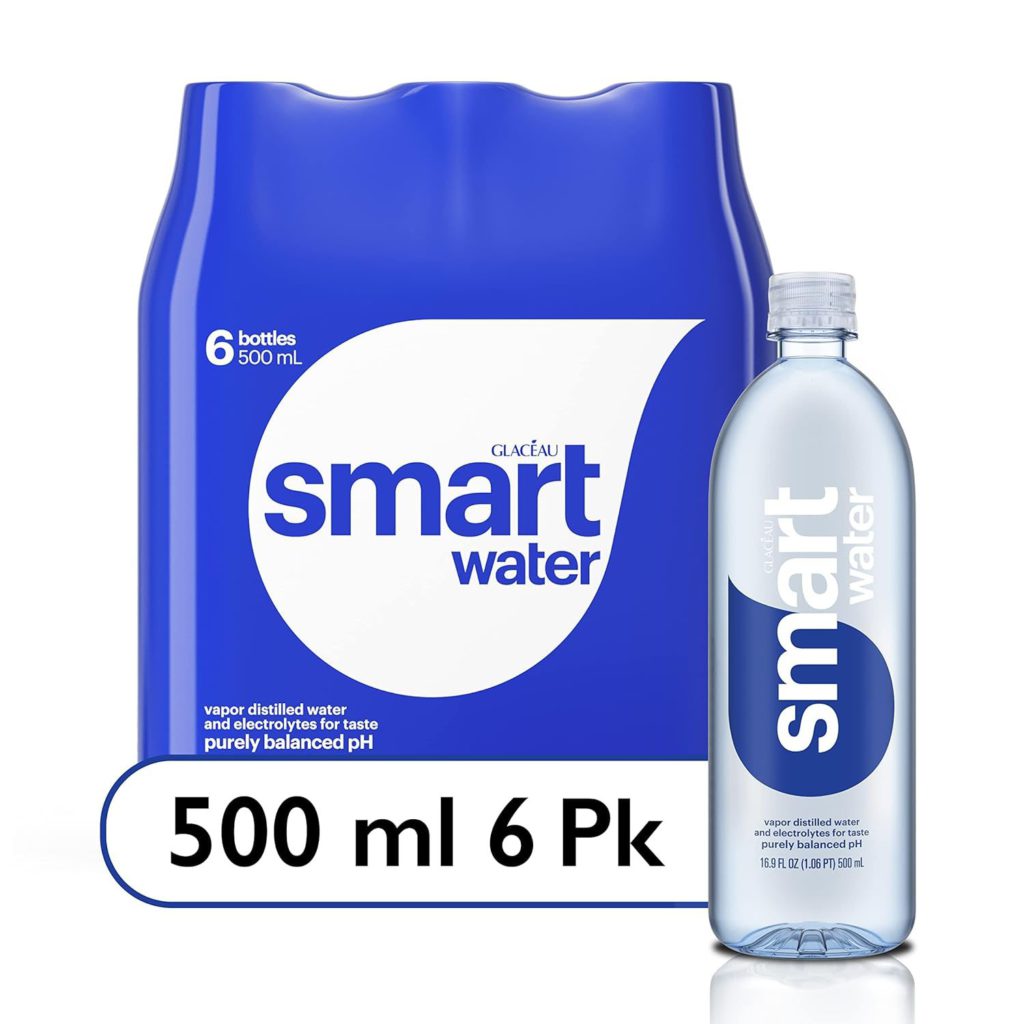
SmartWater bottles gained popularity among hikers because they’re cheap, lightweight, and readily available. They seemed like the perfect solution until they weren’t.
These thin-walled bottles lack the durability that serious backcountry conditions demand. They crack at the worst possible moments, can’t handle hot water for melting snow, and become dangerously brittle in freezing temperatures.
Having your primary water container fail miles from the next source isn’t just inconvenient—it’s potentially dangerous. (Dehydration: not exactly the wilderness experience most backpackers seek.) Your hydration system deserves more reliability than disposable plastic.
4. Battery-Powered Pad Pump (Flex Tail Zero)
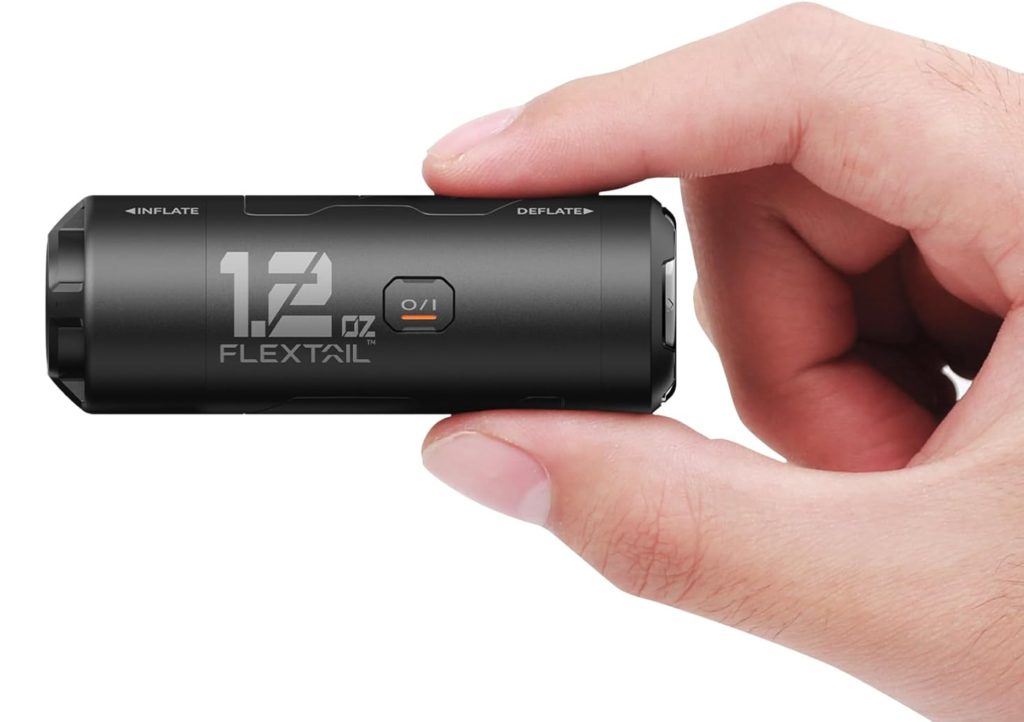
The Flex Tail Zero pump promises effortless sleeping pad inflation. Just press a button and watch technology do the work! Then reality sets in like a slow leak at 2 AM.
Battery dependency creates vulnerabilities on multi-day trips, especially in remote areas. These pumps consume 25% of a 10,000mAh power bank that could otherwise keep essential navigation and communication devices running.
When electronics fail miles from civilization, manual alternatives never lose their charge. Reliable simplicity often trumps convenient complexity when you’re deep in the backcountry.
3. All Alpha Fleece Hoodie
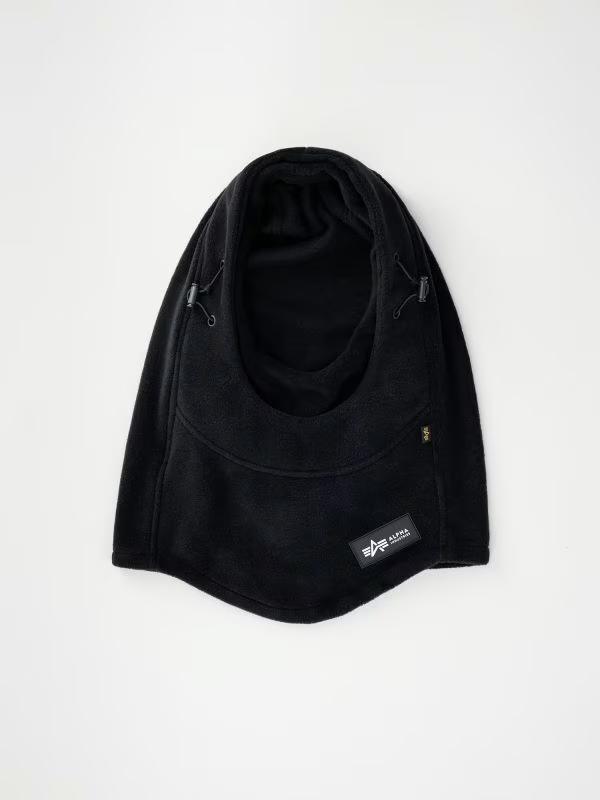
All Alpha fleece hoodies seduce backpackers with their incredible breathability and warmth-to-weight ratio. The honeymoon phase ends quickly in real-world conditions—they’re about as durable as a chocolate teapot.
Dense undergrowth turns these delicate garments into Swiss cheese within days. Branches and thorns easily tear the delicate material, creating holes that compromise insulation. Repairs become a part-time job, and expensive investments disintegrate after just one tough season.
Technical midlayers should match the terrain you actually hike, not just perform well in controlled testing environments. Your gear needs to survive more than the walk from the car to the trailhead.
2. Frameless Ultralight Backpack
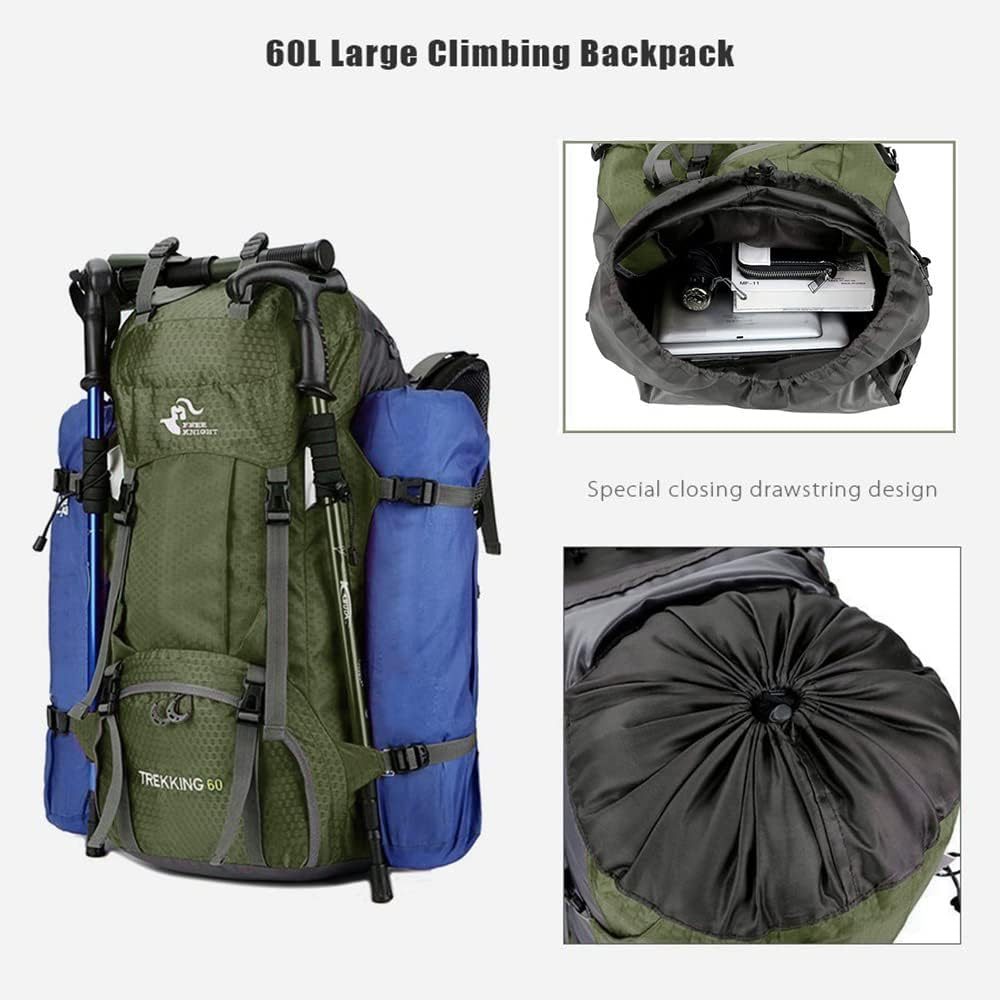
Frameless packs once represented ultralight perfection. Their minimalist designs shed weight beautifully for weekend warriors carrying basic loads. Then reality struck—today’s backpacking involves more gear than ever.
Recent surveys show the average hiker now carries 35% more weight than five years ago due to packrafts, camera equipment, and extended water carries in drought-affected areas. When loads exceed 25 pounds, frameless packs create pressure points that transform dream hikes into shoulder-crushing nightmares.
What works for a quick overnight often fails miserably on longer adventures. Your shoulders and back deserve proper support when carrying substantial loads through challenging terrain.
1. Thermarest NeoAir XLite (Old Model)
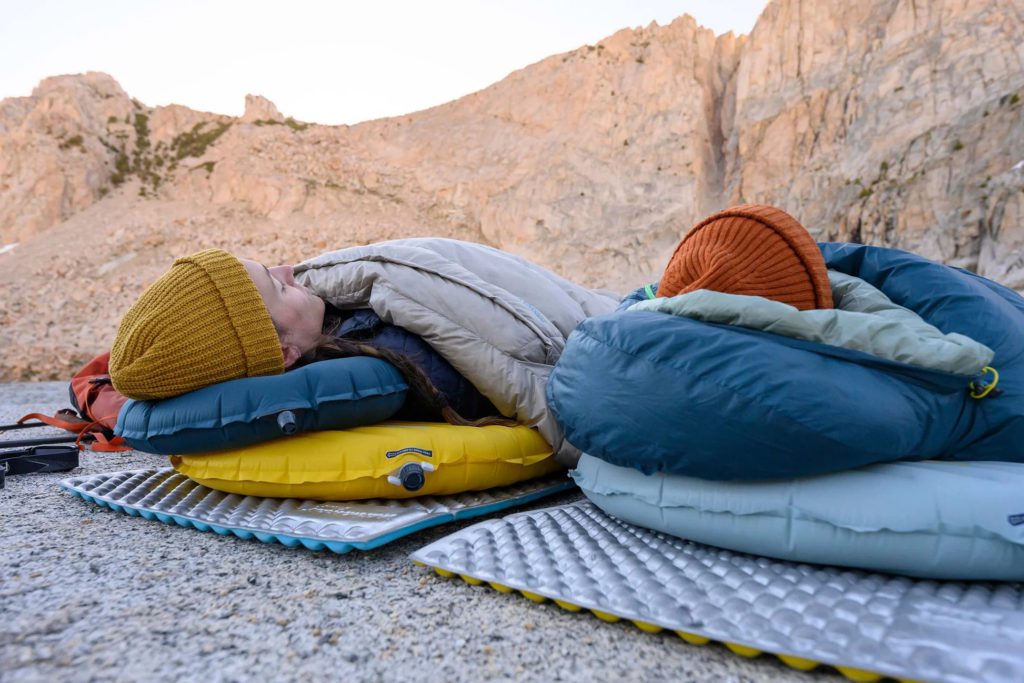
The Thermarest NeoAir XLite dominated backcountry sleep systems for years. Despite impressive insulation (R-value 4.2) and minimal weight, two issues eventually drove hikers to seek alternatives.
That infamous “potato chip” crinkling sound disrupts not just your sleep but everyone’s within earshot. The leak-prone twist valve requires perfect alignment to prevent deflation—a serious concern in cold conditions where ground contact means immediate heat loss.
Minor annoyances grow exponentially over extended trips. (Night 1: “This noise isn’t so bad.” Night 14: “I would trade this pad for a bed of pinecones.”) Small design flaws become major frustrations when experienced hundreds of times.

